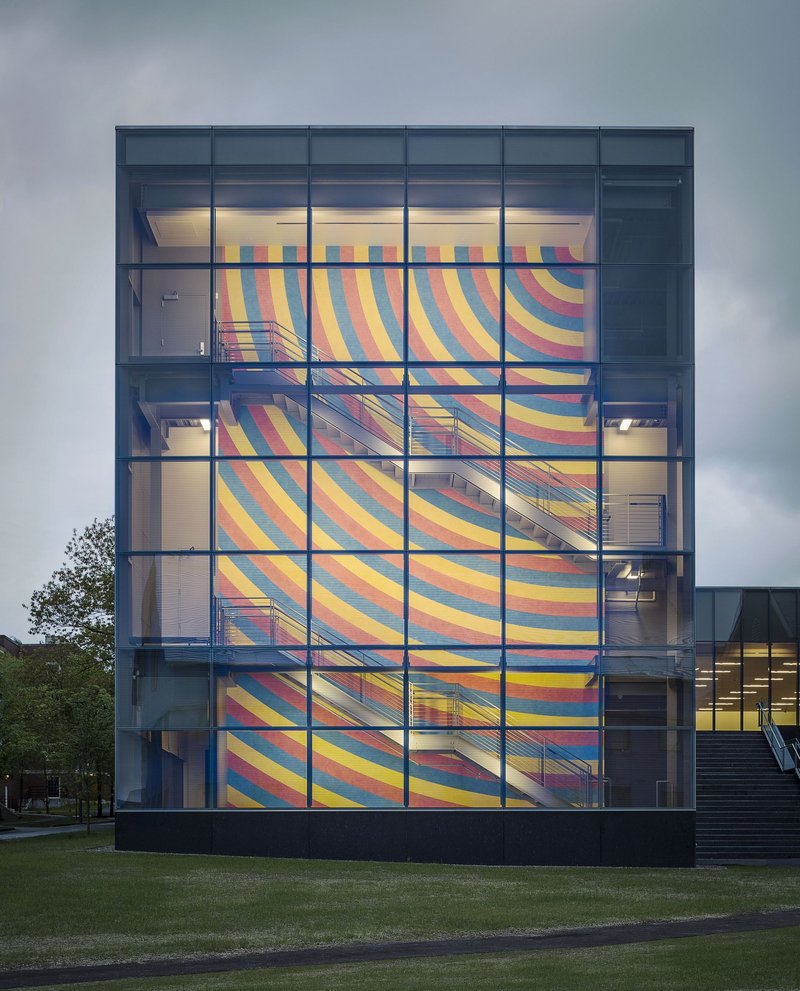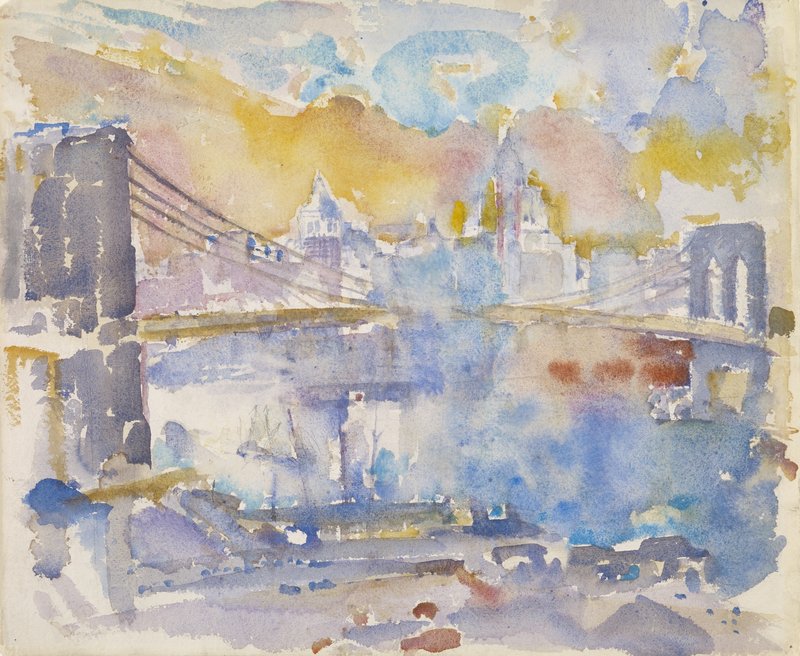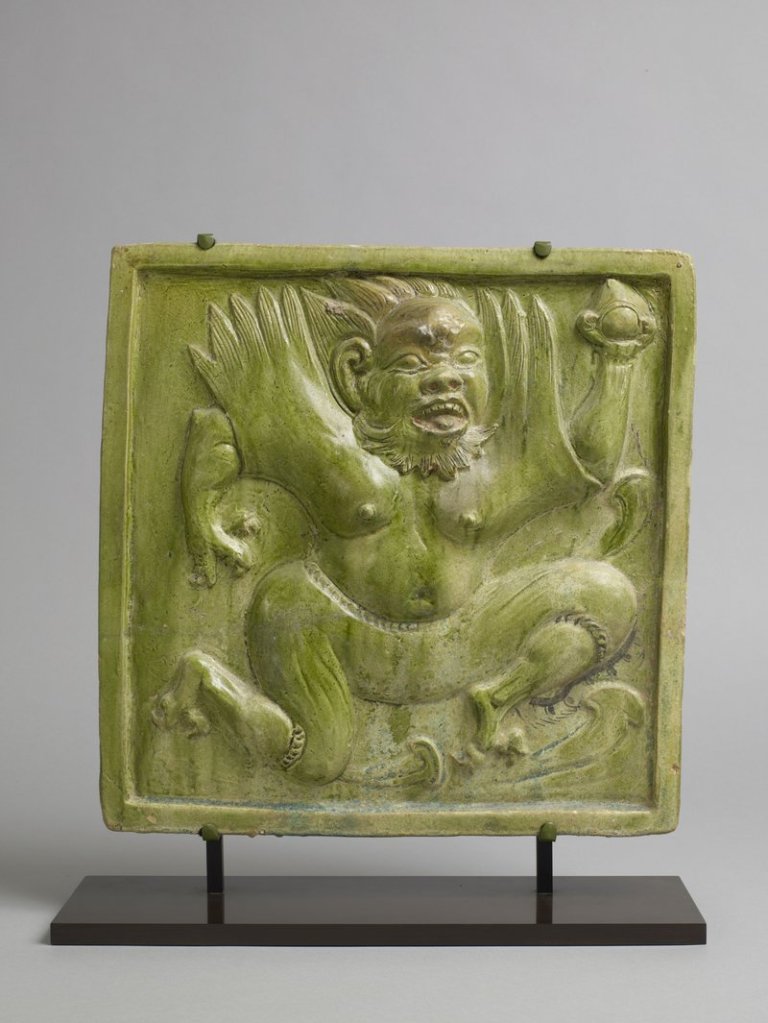There will be a great deal written nationally about the works in Colby’s Lunder Collection.
A cynic could question the import of the news: After all, this is about a new wing on an already multi-winged museum and a collection that has already been announced and commended.
But things really have changed: Maine has a new title-holder for largest (and most important) museum and the public now has free access to one of the most significant collections of American art in the country.
Colby’s academic standing in the arts has moved up, to the benefit of all of Maine’s institutions of higher education.
The scholarly back-end is one of the qualities too often overlooked: Unlike the Portland Museum of Art, for example, Colby has an entire academic faculty behind it. Even college President William Adams is working on Cezanne through the lens of French philosopher Maurice Merleau-Ponty (don’t forget Rackstraw Downes, Bro).
The richness of Colby’s scholarly depth is fully apparent in the first of seven exhibitions within the museum — “Spaces and Places: Chinese Art from the Lunder-Colville Collection and the Museum of Fine Arts, Boston” — curated by Professor Ankeney Weitz. While Bowdoin’s exhibition of ancient Chinese bronzes in 2012 was unprecedented, the breadth of “Spaces” is even more extraordinary.
Even so, I think the coolest show at Colby right now is “A Thing Alive” that puts works by John Marin next to those by Berenice Abbott and others.
The scholarship of shows like “Spaces” or Prendergast at Bowdoin doesn’t dry up when the exhibitions leave. It becomes part of the institutional memory — and our cultural landscape.
The game shifter is Colby’s new Alfond-Lunder Family Pavilion. Featuring Maine’s first completely glass curtain wall structure, it is exciting architecture. The architect is Frederic Fisher & Partners of California — who have created some of my favorite art spaces in America, including MoMA’s PS1 Contemporary Art Space. One of my favorites is Fisher’s previous Colby project: the museum’s Lunder Wing.
To fully understand the new pavilion, we need to start with the Lunder Wing. I am a big fan of Colby’s campus, and my favorite building has been the Lunder Wing. It pushed the neo-Georgian style campus back in the direction of (earlier) American federal style architecture. This was particularly successful because of the more contemporary (and weaker) architecture of much of the museum — in particular, the warehouse-boxy Schupf Wing.
The external effect of Fisher’s Lunder Wing was to use the range of the architecture to echo the collection. Fisher’s new pavilion punctuates these bookends so that the strongest elements use the oldest and newest architectural vocabularies.
While the Alfond-Lunder pavilion is Colby’s most notable and unusual building from the outside, it seamlessly connects the museum to the campus. It does this by sculptural scale and proportion, but also by its night role on a campus gorgeously watched over by the majestic, lighted steeple of Miller Library.
In fact, Colby’s most famous view is of the library reflected in the picturesque campus pond. The new pavilion seems to echo this with its reflecting glass and extraordinary night beacon role, with the three-story Sol Lewitt wall drawing offering passersby a nighttime visual treat.
The most subtle aspects of the Lunder Wing, however, are its interior qualities: period-correct dark wood floors and colored walls (bosc pear, robins’ egg blue, deep plum, etc.) and Shaker-inspired detailing.
As space for the pre-20th century work, the Lunder Wing comes into full focus in contrast with the new pavilion that particularly shines as backdrop for the Lunders’ grand masterpieces of contemporary art: Duane Hanson, Sol Lewitt, Terry Winters, Fred Sandback, Claes Oldenberg, Jenny Holzer and many other major artists.
The luster fades a bit by the time you get to the Lunder Collection’s art of the American West, featuring mostly anthropologically-flavored Taos School paintings of Native Americans.
There are four art spaces in the new pavilion: The sophisticated lobby; the large and impressively spacious first gallery; the second, which takes a back seat to the major modernist works it holds (three Georgia O’Keeffes and strong works ranging from Andrew Wyeth and Rockwell Kent to Jacob Lawrence and Alexander Calder); and then the space with the works of the American West.
These latter works interest me the least, but this is an unusually notable collection — particularly for the Northeast. And the strangest contrast of the museum is stepping from this room to the Lunder Wing, with its colonial stairs and some particularly strong paintings, including several John Singer Sargents and works by Mary Cassatt.
The Lunder Collection’s greatest strengths begin with sculpture. One name it may help elevate to deserved recognition is Paul Manship, whose work helped lead the way for Art Deco.
Just as the exhibition features another Winslow Homer hiding practically around each corner, it treats the viewer to a surprising number of works by Augustus Saint-Gaudens — arguably America’s greatest sculptor.
But it includes many great and notable sculptures — a surprising number of which will be recognized by the public — Macmonnies’ “Diana,” Daniel Chester French’s “Minuteman,” Remington’s “Bronco Buster,” etc.
Manship’s 1916 “Flight of Night” is my favorite sculpture in the state — and maybe anywhere.
With more than 300 of his works, Colby now houses one of the world’s greatest collections of Whistler. Moreover, the extent to which this is important becomes clear simply by wandering through the galleries. Whistler’s effect on important artists such as George Inness, Edward Steichen and Thomas Dewing is expansively apparent.
At the same time, Colby’s strength in what is often called the Aesthetic Movement and the role the movement played in the development of American art becomes apparent. Alone, these pieces are hard to categorize, but together their visually sophisticated (and beautifully painted) appeal gives an unusually clear image of art in America at the turn of the century.
This is the new and improved Colby Museum of Art: It now features the range of American art from its earliest bright spots (the show of American weather vanes is very fun) to the most important cutting edge (for example, a terrific Anish Kapoor greets the entering visitor).
Colby may be a private institution, but it is free and open to the public. Architecturally, Fisher has seamlessly placed the museum within the campus, while museum director Sharon Corwin is perfectly poised to both serve the Colby community and welcome the public at large.
The Colby Museum of Art is now the crown jewel of Maine’s art landscape — and a national treasure.
Freelance writer Daniel Kany is an art historian who lives in Cumberland. He can be contacted at:
dankany@gmail.com
Copy the Story Link
Send questions/comments to the editors.





Success. Please wait for the page to reload. If the page does not reload within 5 seconds, please refresh the page.
Enter your email and password to access comments.
Hi, to comment on stories you must . This profile is in addition to your subscription and website login.
Already have a commenting profile? .
Invalid username/password.
Please check your email to confirm and complete your registration.
Only subscribers are eligible to post comments. Please subscribe or login first for digital access. Here’s why.
Use the form below to reset your password. When you've submitted your account email, we will send an email with a reset code.